Exclusives

BLOG POST
John Lewis: Leading by Example
When a great political leader dies, the usual stories told about him or her focus on accomplishments that moved the nation. I’ve been touched by the extent of memories about John Lewis that are coming from constituents, neighbors, and strangers.
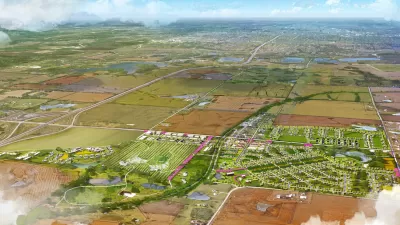
FEATURE
Agrihoods: Futureproofing the Cities of America
The development and planning team behind Middlebrook Farm in Iowa explains how the master-planned community balances productive farmland with new community development.

BLOG POST
Well Done, Kiwis! New Zealand Delivers Big Planning Policy Reforms
New Zealand’s new national urban development policy prohibits parking minimums and increases allowable building heights near transit stations. This is a watershed moment for the country’s cities and towns.

BLOG POST
The Great Debate: Will the Pandemic Alter the Course of Urbanism?
The geography for the coronavirus has changed, but most of the debate about the future of cities continues along many of the same lines as in the early months of the pandemic.

BLOG POST
How Houston Achieved Lot Size Reform
Nolan Gray of George Mason University and Adam A. Millsap of the Charles Koch Institute write about a recent article they authored in the Journal of Planning Education and Research.

FEATURE
The Villages and the Dangers of Holding Too Tightly to the Past
Some parts of The Villages, Florida, the nation's largest retirement community and one of its most popular master planned communities, bear a striking resemblance to the neotraditional development favored by famous early examples of New Urbanism.

BLOG POST
Liberating Cities from Cars
Examining models of progress toward restrictions on the use and storage of automobiles from urban areas around the world.

PLANOPEDIA
What Is a Form-Based Code?
Form-based codes are a variety of development regulation that departs significantly from the land use control approach of most zoning codes in the United States.

PLANOPEDIA
What Are Zoning Codes?
Local governments use zoning codes to define what can and cannot be built. While comprehensive plans and other kinds of plans lay out a vision for the future, zoning codes offer the legal tools to implement that vision.

FEATURE
Jan Gehl on 60 Years of Designing Cities for People
The 10th anniversary of "Cities for People" offers the occasion for this interview with Jan Gehl, who has devoted a 60-year career to ideas about humanistic city planning—ideas of increasing relevance in 2020.

FEATURE
The Stage for Trump's Racist Tweet: The Villages, Florida
The Villages is one of the strangest, and most significant, planning and development stories in recent memory—with surprisingly regular relevance in the media and numerous intersections to politics and culture.

BLOG POST
Our World Accelerated: Analyzing the Impacts
During the last 120 years, our mobility increased by an order of magnitude, but so did associated costs. Are we better off? Could we do better?
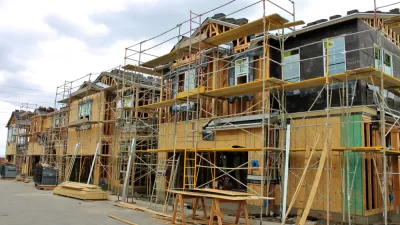
BLOG POST
COVID-19, YIMBY, and PHIMBY
How will COVID-19 and its economic consequences affect housing supply?

BLOG POST
How Public Transit Agencies Are Adjusting to the Realities of the Pandemic
U.S. public transit agencies have been reacting to news and developments on the fly, as sudden declines in ridership, loss of revenue, waves of protest, and an uncertain long-term prognosis continues to disrupt day-to-day operations.

BLOG POST
Anti-Racist Planning: A View from Elsewhere
Developing anti-racist approaches to urban planning requires looking elsewhere—to other geographies and histories—for alternative urban imaginaries and practices.
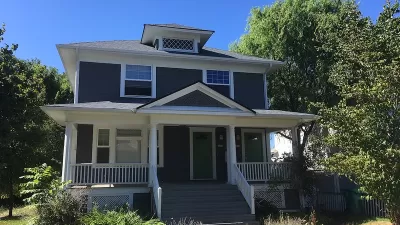
PLANOPEDIA
What Is Missing Middle Housing?
One of the newest terms in the world of urban planning, Missing Middle Housing has generated a lot of attention in recent years as cities around the United States look for ways to create more housing options in a vast sea of single-family homes.

FEATURE
A Different Kind of Density: Lessons From Asian Megacities
As the pandemic has made clear, a healthy, prosperous future will depend on the development of the kinds of density that encourage strong social infrastructure.
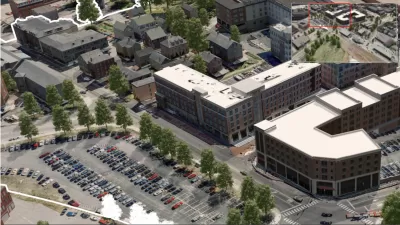
PLANOPEDIA
What Is Land Use?
Land use might seem self explanatory, but it has a very specific meaning in the context of U.S. planning history.
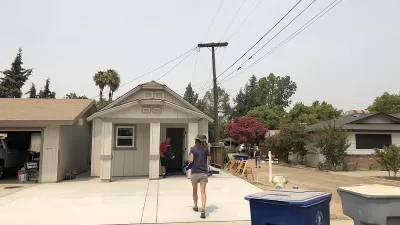
PLANOPEDIA
What Are Accessory Dwelling Units (ADUs)?
Sometimes referred to as mother-in-law units or granny flats, accessory dwelling units (ADUs) are a hallmark of contemporary planning as jurisdictions of all sizes and histories legalize the construction of these supplementary residential units.

BLOG POST
Disorder is Not Destiny
Do protests and riots inevitably lead to crime waves and flight to suburbia? Not always.
Pagination
City of Santa Clarita
Ascent Environmental
Institute for Housing and Urban Development Studies (IHS)
City of Grandview
Harvard GSD Executive Education
Toledo-Lucas County Plan Commissions
Salt Lake City
NYU Wagner Graduate School of Public Service
Urban Design for Planners 1: Software Tools
This six-course series explores essential urban design concepts using open source software and equips planners with the tools they need to participate fully in the urban design process.
Planning for Universal Design
Learn the tools for implementing Universal Design in planning regulations.


































